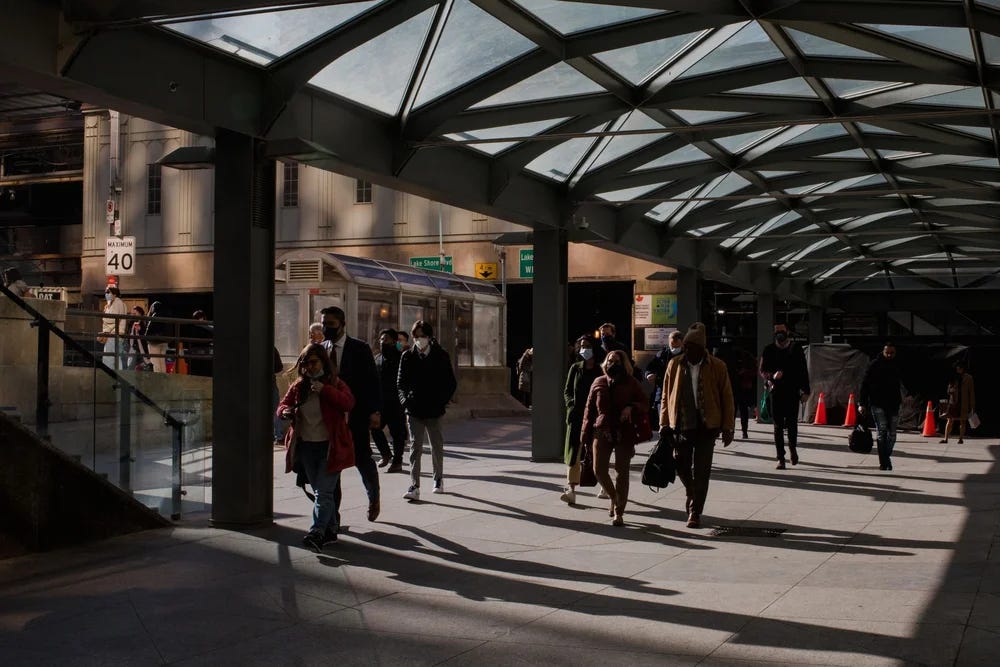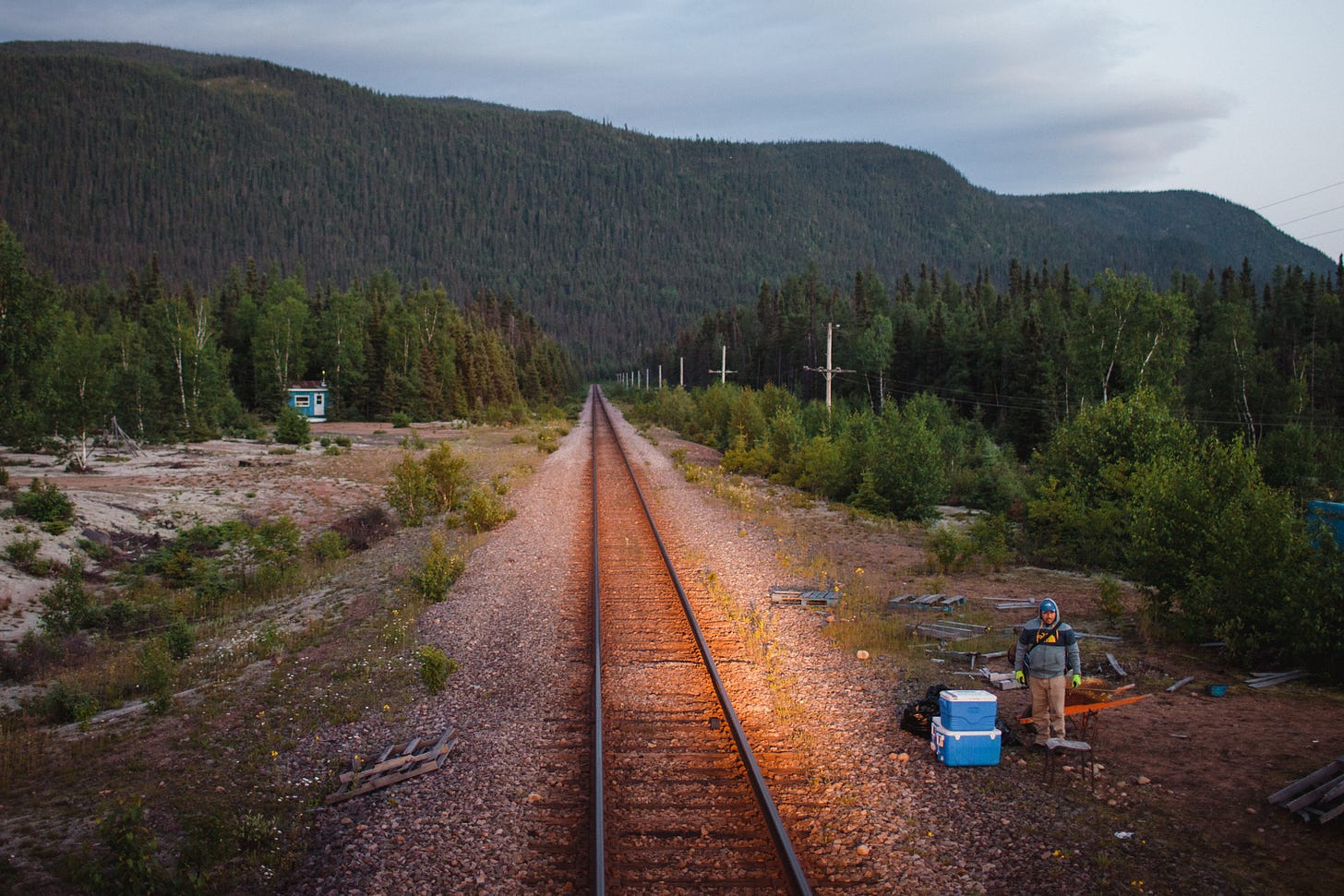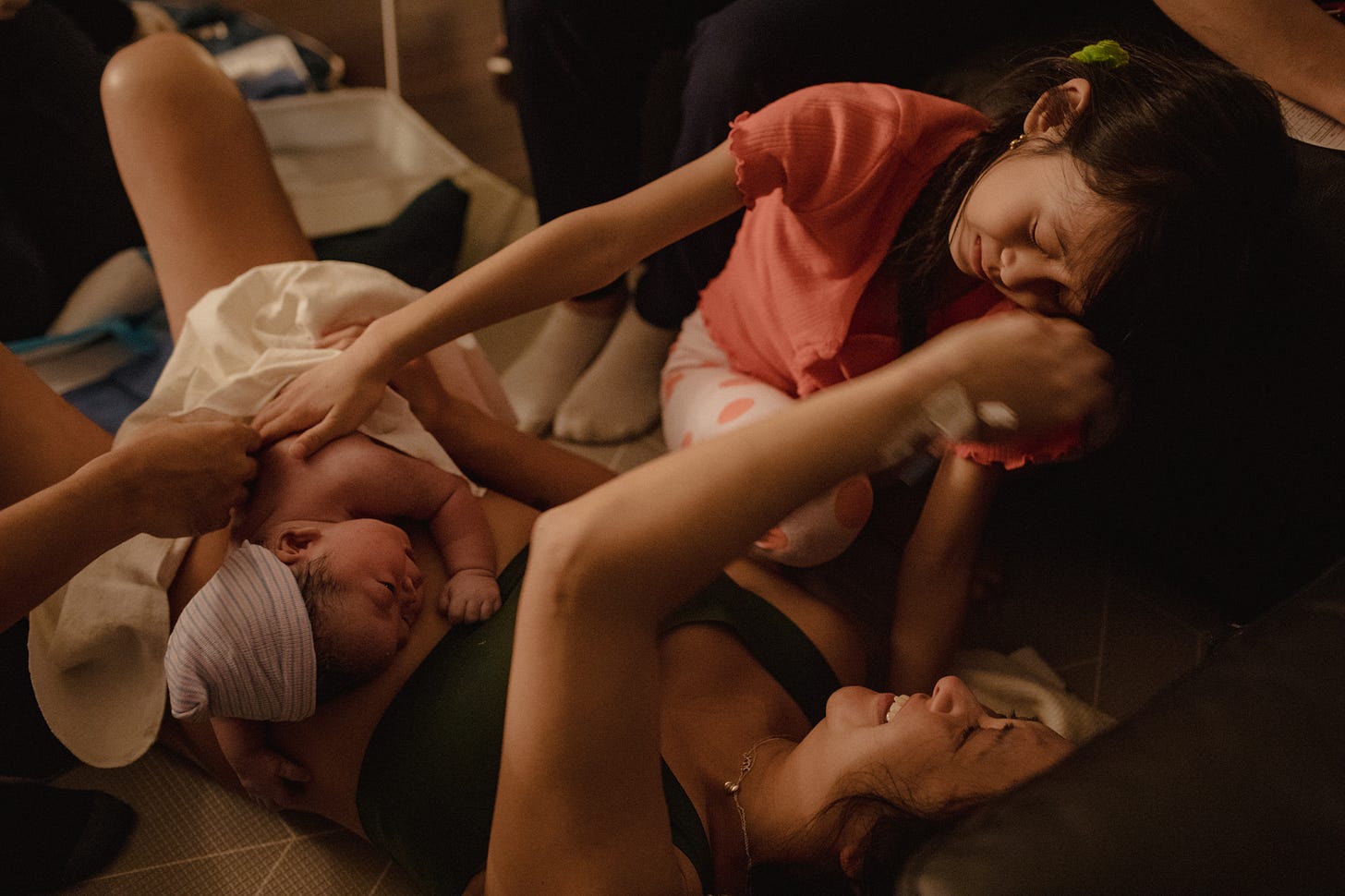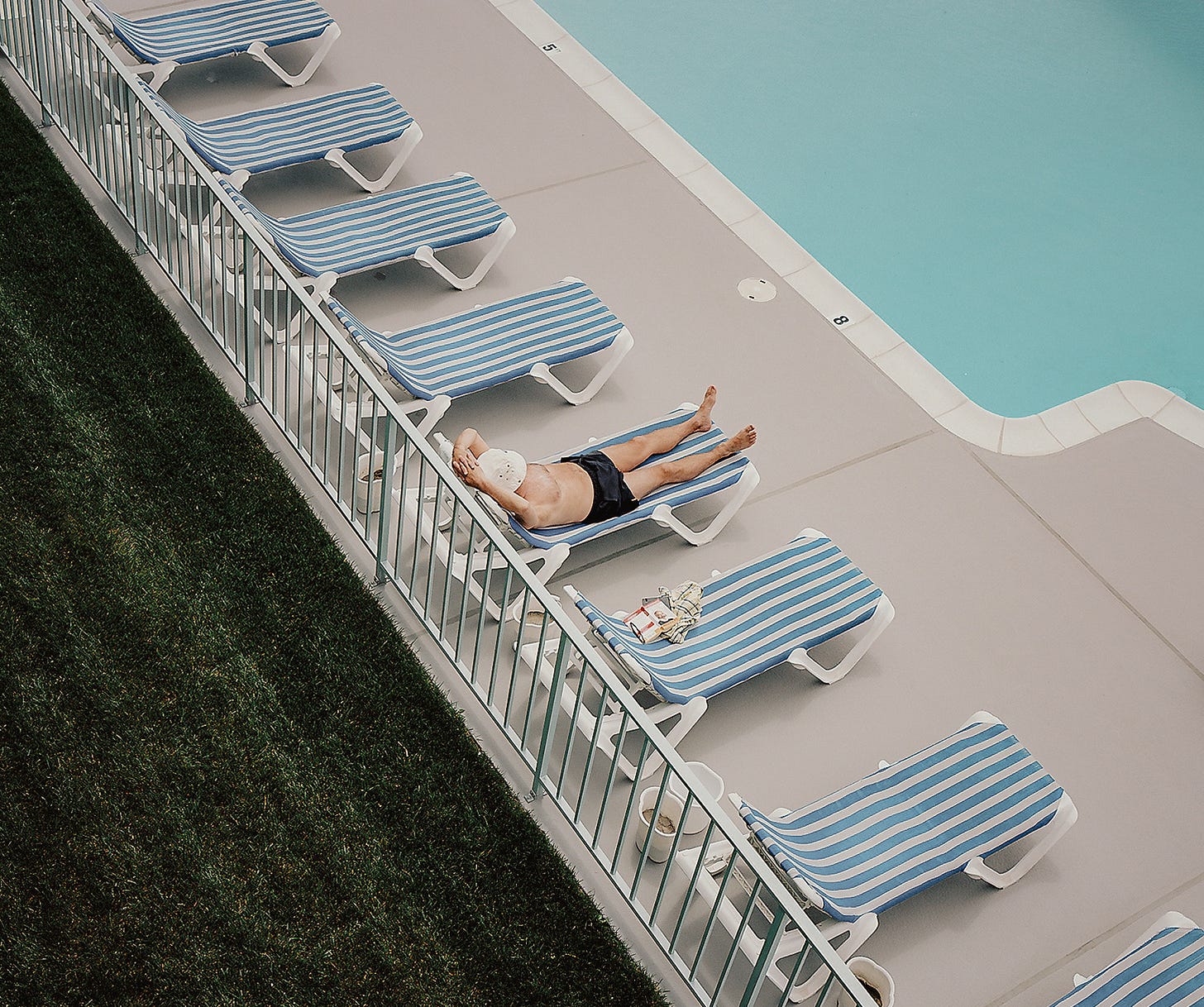Welcome, I’m Chloë Ellingson, a Toronto photojournalist. In my career spanning over a decade I’ve worked on stories across Canada about healthcare, reproductive justice, and the enduring impact of colonization. These days I focus on stories exposing inequities in housing, the refugee crisis, and access to perinatal care in my hometown of Toronto.
I started Rangefinding to share the work I do and to ask a question constantly on repeat in the background of my projects: how do we create a sustainable career as photojournalists?
When I graduated from university with a BA in art history I felt predictably rudderless at the thought of what might lie ahead. My dad, a Myers-Briggs Type Indicator nut and early adopter of career coaching, suggested I think of a career choice as a venn diagram. One circle was to symbolize what I enjoyed doing, another what I’m good at doing, and the third what there’s a demand for. It was clear, solid advice that would prove surprisingly easy to distort.
After two years spent largely as a minimally-paid magazine intern and restaurant server, I enrolled in Loyalist College’s photojournalism program. I had long gravitated toward photography, and had always loved figuring out what makes people tick. Photojournalism would be the perfect convergence of those two interests (that first venn diagram circle), and this program would give me the chance to become good at it. Surely the demand for photojournalism, with its capacity for cultivating empathy and exposing important truths, would simply reveal itself.
As a student I was steeped in the dream of the documentary photographer living a purposeful life with enough assignments coming in to sustain themself. Our business class touched on less-enticing ways to make money, but my classmates and I had our eyes on a career in which grants and consistent newspaper and magazine work would render those other streams unnecessary. We heard about established photojournalists who took on adjacent work, like lifestyle or commercial photography, or teaching and photo editing, but they lurked in the shadows of how these photographers presented themselves. I read the subtext: being a photojournalist is the real work, and the other stuff is what we do because we have to.
My career has exceeded my expectations in terms of fulfillment, but the viability of assignment work as a means of income has fallen far short of that early vision. I am nowhere near alone in craving more from my career. Data collected by Women Photograph from 2023-2024 finds that only 30% of photographers feel their business is viable. Catchlight’s 2022 State of Photography report shows nearly half of female respondents are questioning this career path’s feasibility.
Two responses to the state of photojournalism strike me as vital. One is the collective action being taken by organizations like the United Photojournalists of Canada, who are working toward better conditions for the industry at large. The other is taking a look inwards to consider what our skill set consists of, and where else it can be directed. I want to know about photographers’ secondary pursuits — those separate paths I didn’t consider much as a student. I want to know how photographers parlay their expertise to make this work. What paths can exist not just alongside, but because of, our work in photojournalism?
After thirteen years in this business, and as a person with a full life and financial goals, that dream I had as a student is gone. I no longer limit my idea of success to a career made up exclusively of editorial assignments, though that remains my most fulfilling work. I see success as creating opportunities to share my strengths in ways that are meaningful to me and the people I work with.
As part of this newsletter, I’ll be speaking with photojournalists who have found out what’s on the other side of my initial question. The people I speak with will have taken a leap, either by weaving another pursuit into their existing careers or by entering new industries altogether. Theirs will be stories of empowerment, resulting in valuable wisdom to share.
As I write this I’m thinking about other photojournalists who are looking for a reason to feel more hopeful about their capacity to broaden their practice. I’m thinking about creatives who want to better understand their capabilities. I’m glad you’re here to consider these questions, too.
Chloë
PS Just to prove that I come by the title honestly, here’s a picture taken with a rangefinder of my dad on vacation in New Jersey just before I decided to pursue a life in photojournalism. He was the most curious person I’ve known, and the one who taught me never to be afraid to ask a question.






Chloë, thank you for taking on this difficult but important question. Looking forward to learning from you and your collaborators!